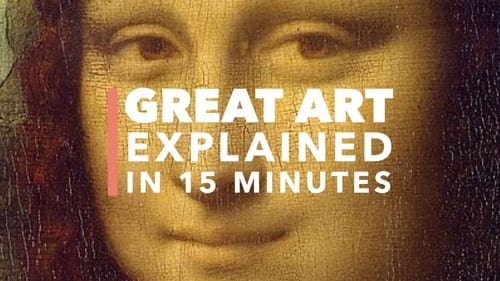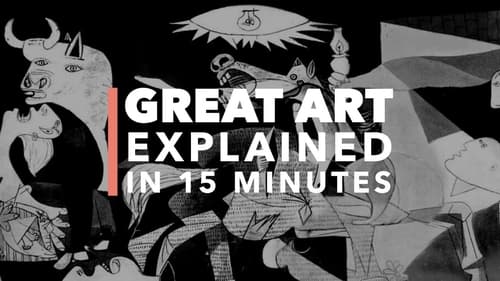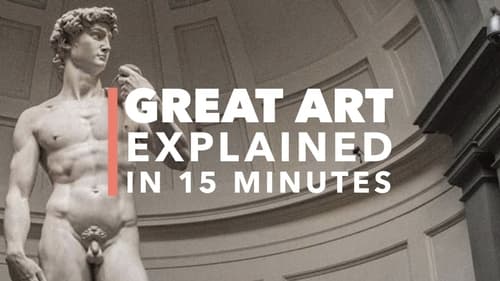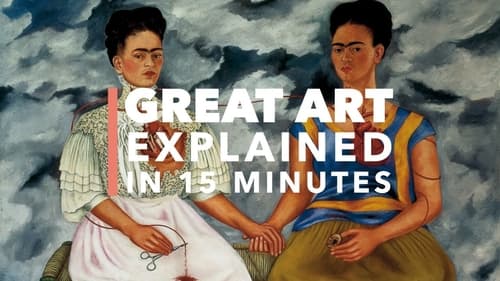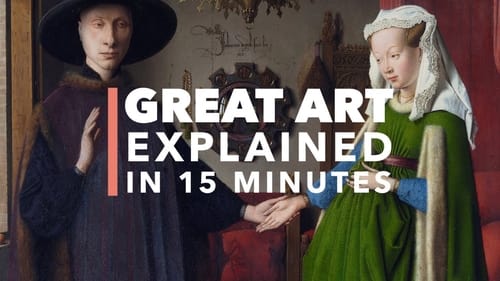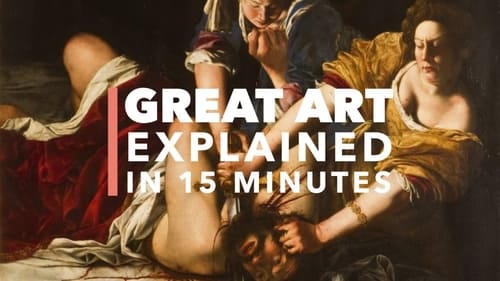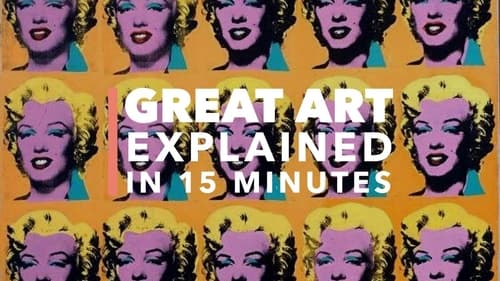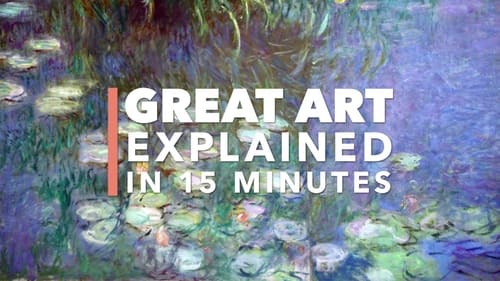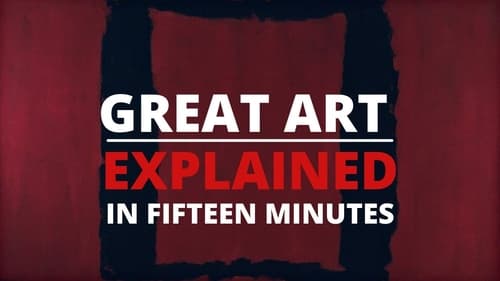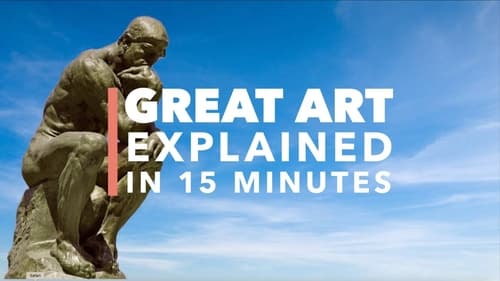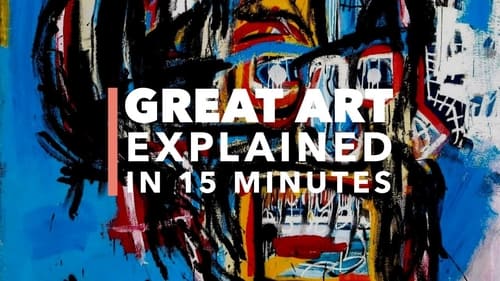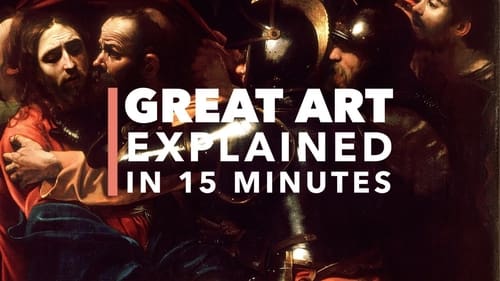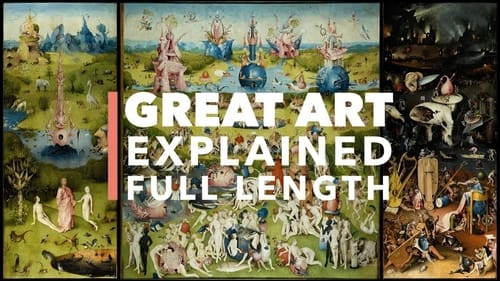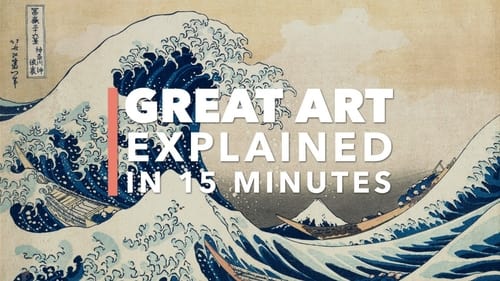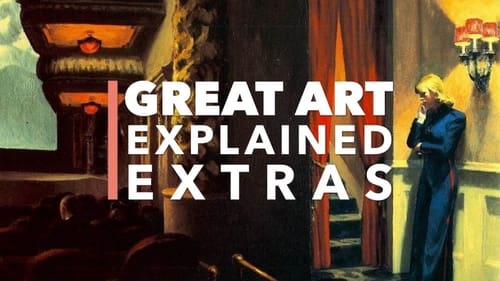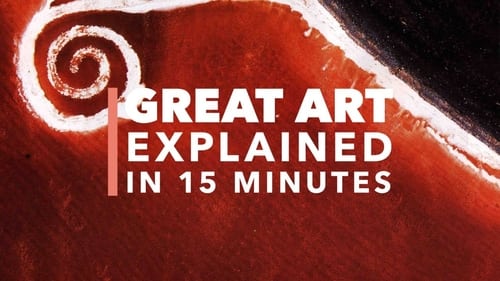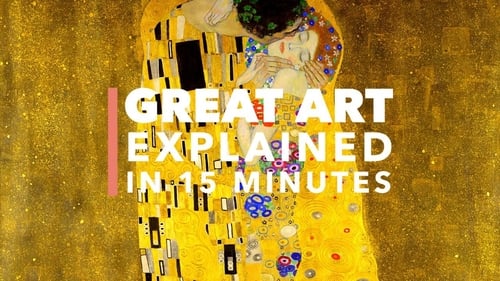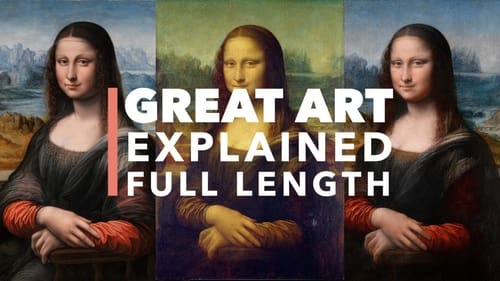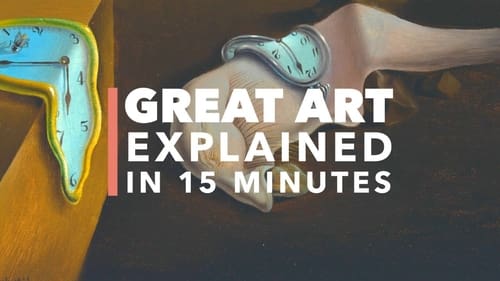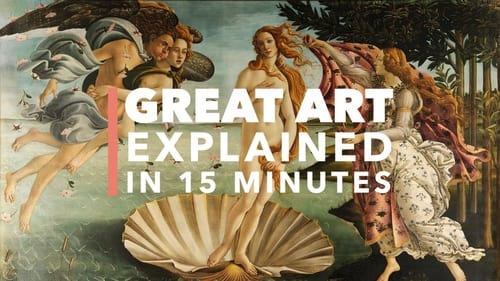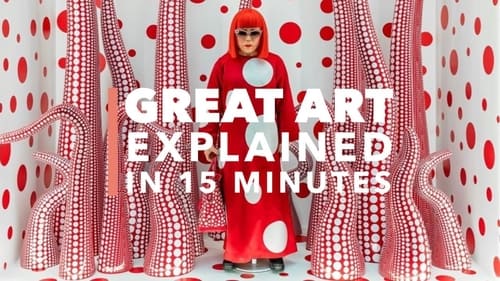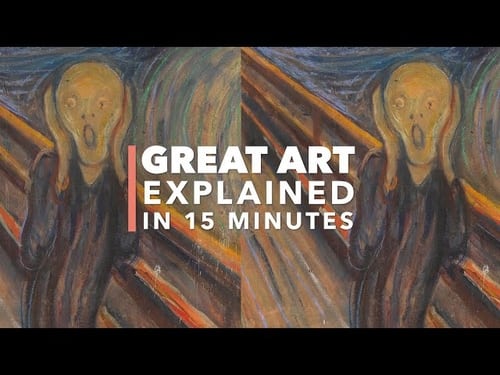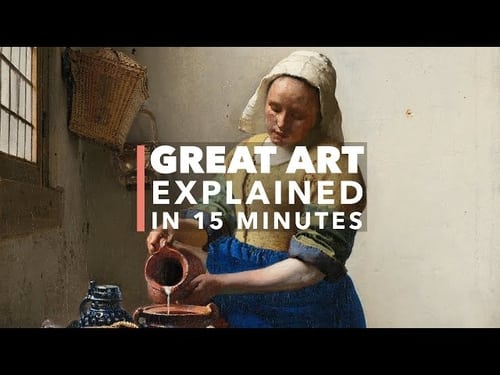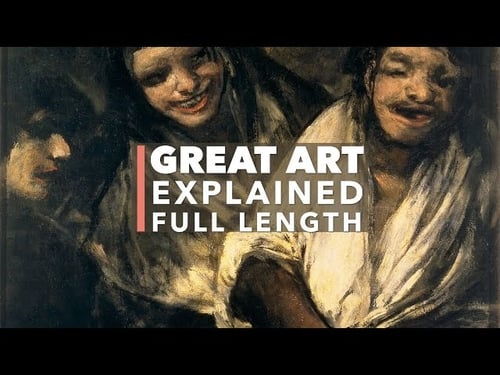
Documentary

The Worst Episodes of Great Art Explained
Every episode of Great Art Explained ranked from worst to best. Explore the Worst Episodes of Great Art Explained!

The Worst Episodes of Great Art Explained
Documentary
Every episode of Great Art Explained ranked from worst to best. Explore the Worst Episodes of Great Art Explained!
Great Art Explained is a video series that focuses on one piece of art per episode, breaking it down, using clear and concise language free...
Seasons5
Worst Episodes Summary
"Mona Lisa by Leonardo da Vinci (short version)" is the worst rated episode of "Great Art Explained". It scored /10 based on 0 votes. Directed by Unknown and written by Unknown, it aired on 5/29/2020. This episode scored 0.0 points lower than the second lowest rated, "Picasso’s Guernica".
